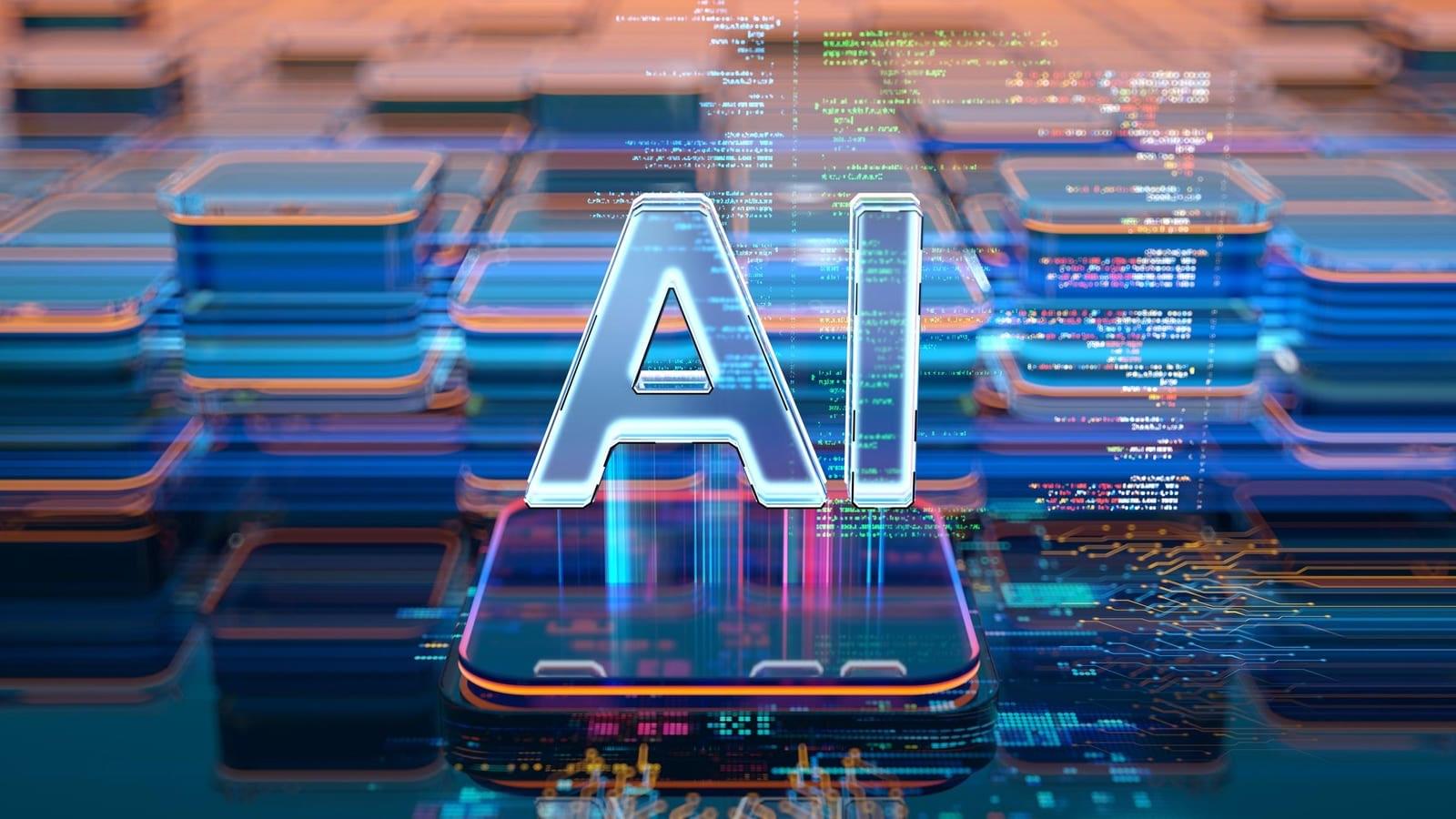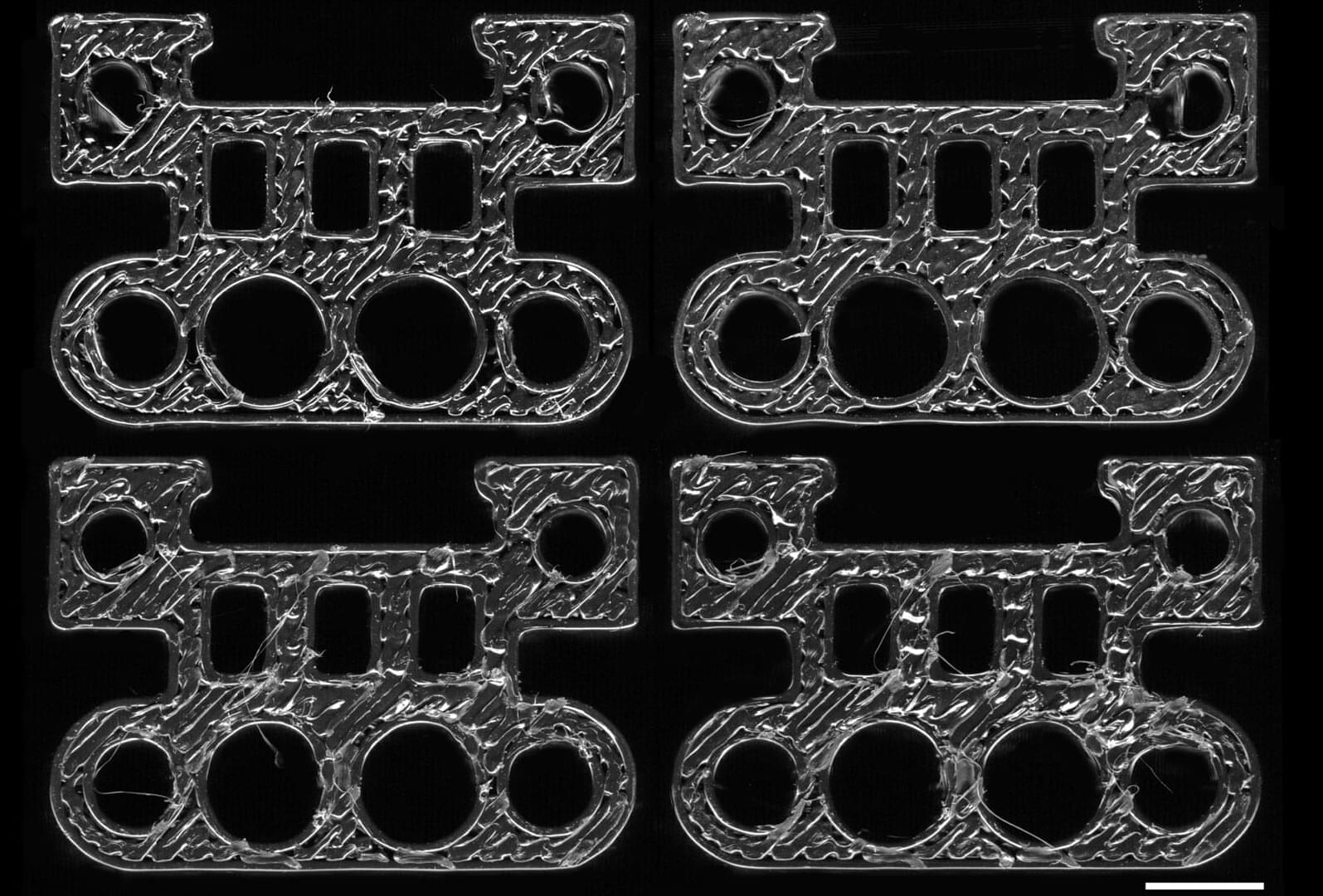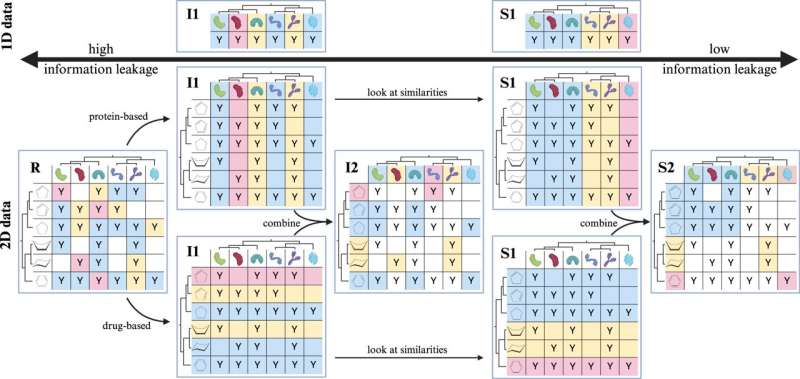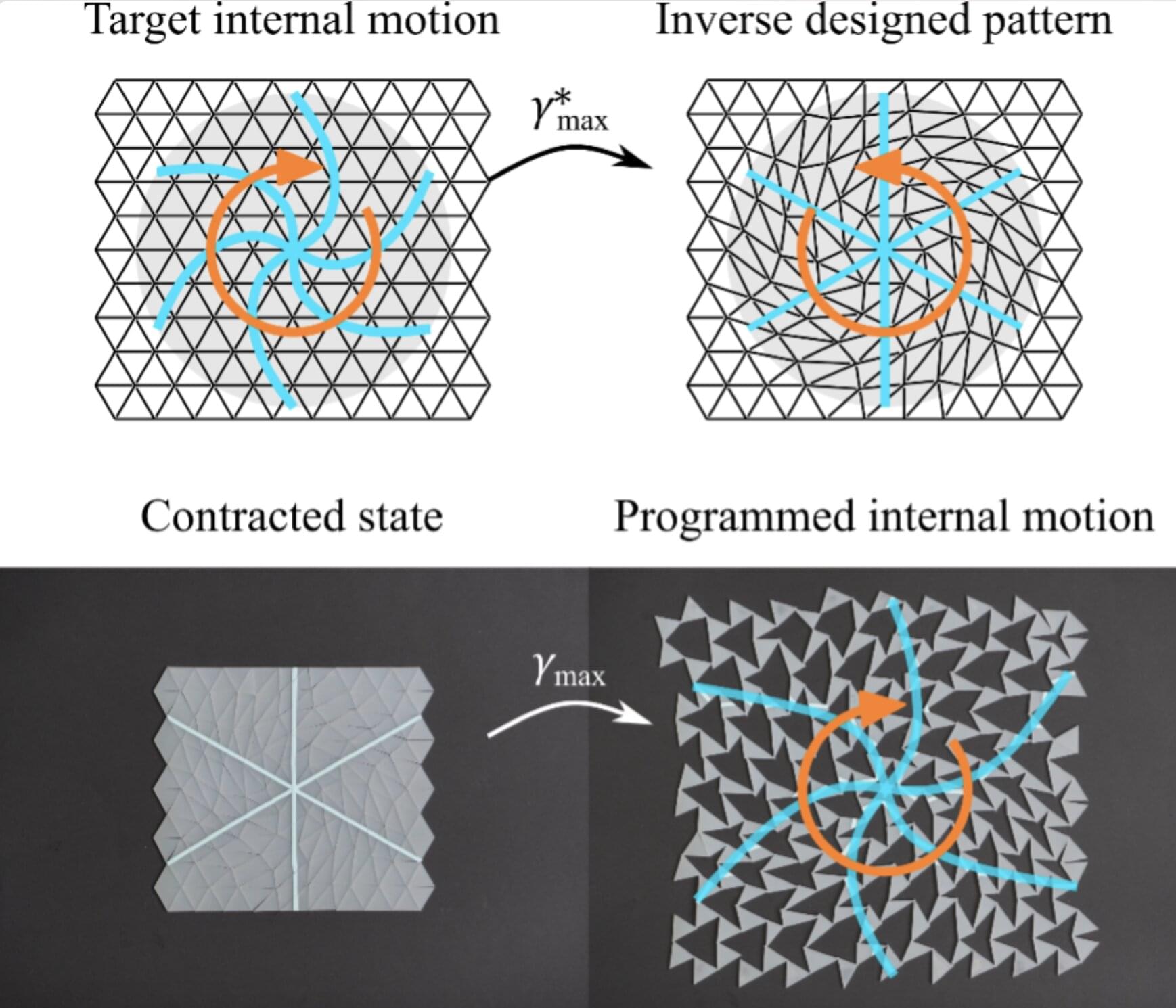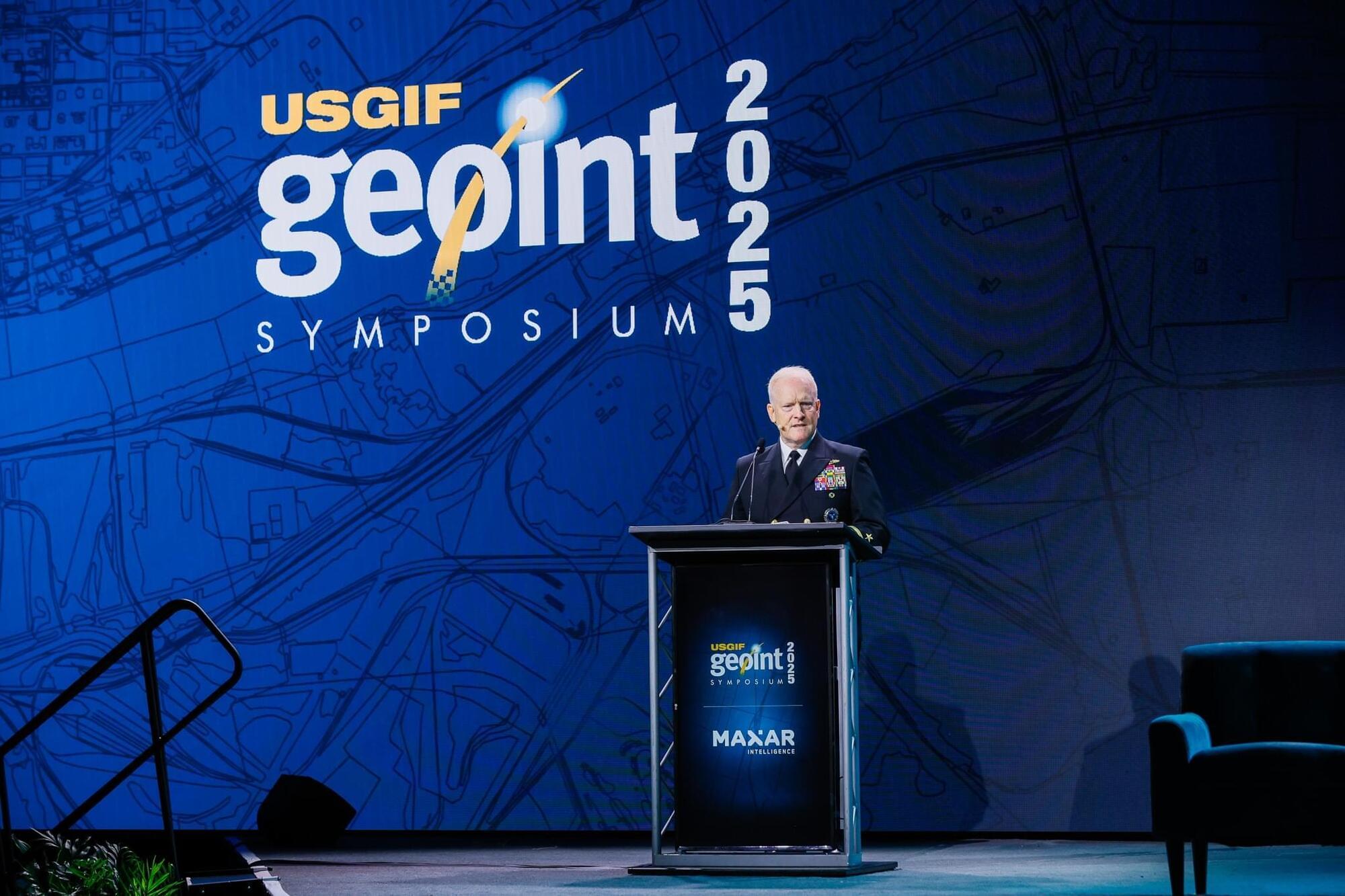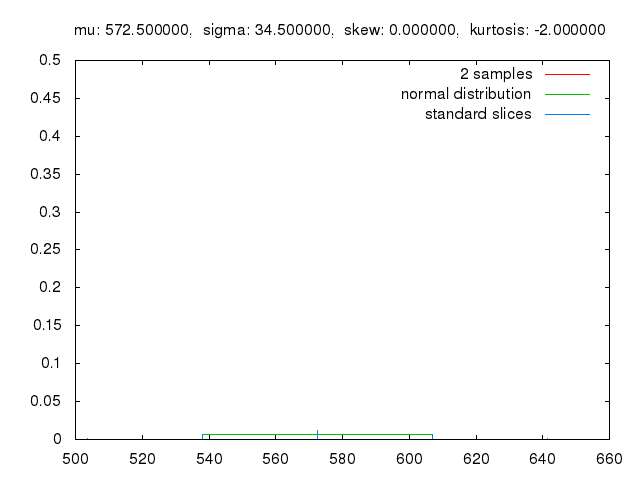Agentic architecture is the foundation of the current evolution of AI. It’s an AI system development approach that emphasizes autonomy, self-direction and self-improvement. This architecture supports multi-agent collaboration, integration with key enterprise systems and self-learning ecosystems. Instead of being programmed for specific tasks, AI agents in an agentic architecture continually evolve, shifting from task-based automation to proactive, AI-driven decision making.
Why Business And Technology Leaders Should Care
The shift to agentic AI represents a strategic transition from viewing AI as a tool to recognizing it as a strategic partner. This fundamentally alters how companies function and will redefine the roles of business and technology leaders and their interactions with AI moving forward.
